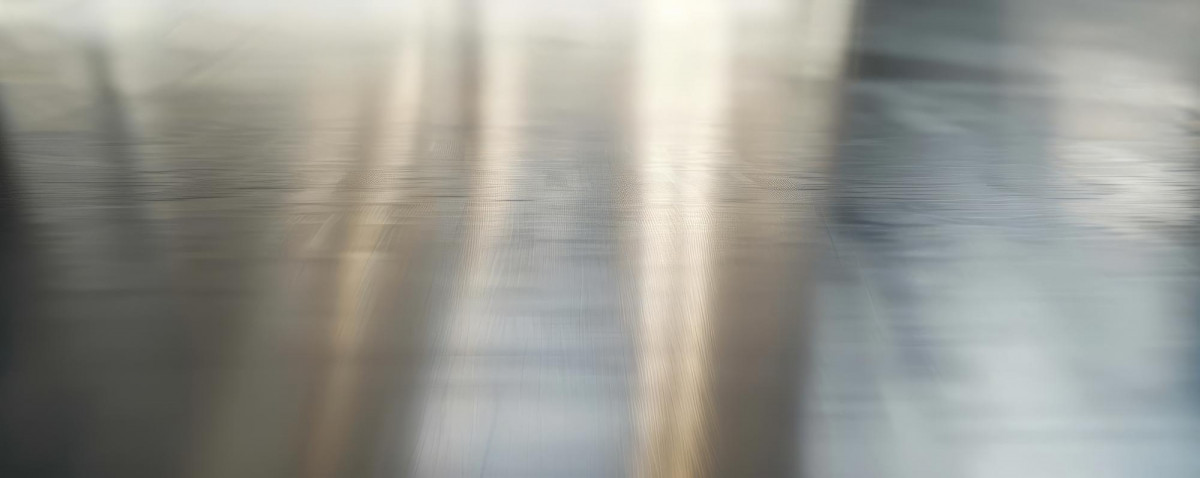Increase in machine availability with regard to stickies in the production of light-weight corrugated base paper
The use of recycled paper in paper production, which is becoming increasingly poor in quality, poses significant challenges for paper mills. One of the main problems is stickies and fibres, which are pulled out of the paper web by the drying cylinders and drying fabrics and then build up on the cylinder surfaces, drying fabrics, guide rolls, doctor blades and in the drying hood. These deposits can cause far-reaching problems:
The build-up of deposits on drying cylinders reduces the heat transfer to the paper web. Deposits on drying fabrics reduce air permeability, heat transfer and evaporation efficiency, thus preventing efficient drying of the paper. This reduces the drying capacity of the machine and increases specific energy consumption. Another effect is, for example, an uneven moisture cross-profile of the paper.
If the stickies are detached from the surfaces and transferred to the paper web, it can lead to breaks due to holes and edge cracks, broke and production losses. This not only causes considerable problems at the paper machine, but also in the downstream processing steps, which can play a decisive role customer complaints.
There are several possibilities for solving these problems. For example, the addition of platelet-shaped pigments or polymers in the approach flow, coating drying cylinders or spraying additives onto drying cylinders and drying fabrics. However, each of these solutions is limited in terms of its scope of application and success.The following problems were analysed at DS Smith Paper in Aschaffenburg:
-
Fibre picking and dusting in the first dryer group (reduced heat transfer due to clogged cylinders, as well as sticky deposits in front of and behind the doctor blades - holes, cracks and breaks)
-
Stickies on the bottom cylinders of the first double-tier dryer group, as well as in front of and behind the doctor blades (holes, cracks and breaks)
Finally, PCA technology was applied in collaboration with CTP GmbH (one application per each side of the paper), which resolved the problems. This resulted in increased productivity and quality, as well as significant cost savings.
